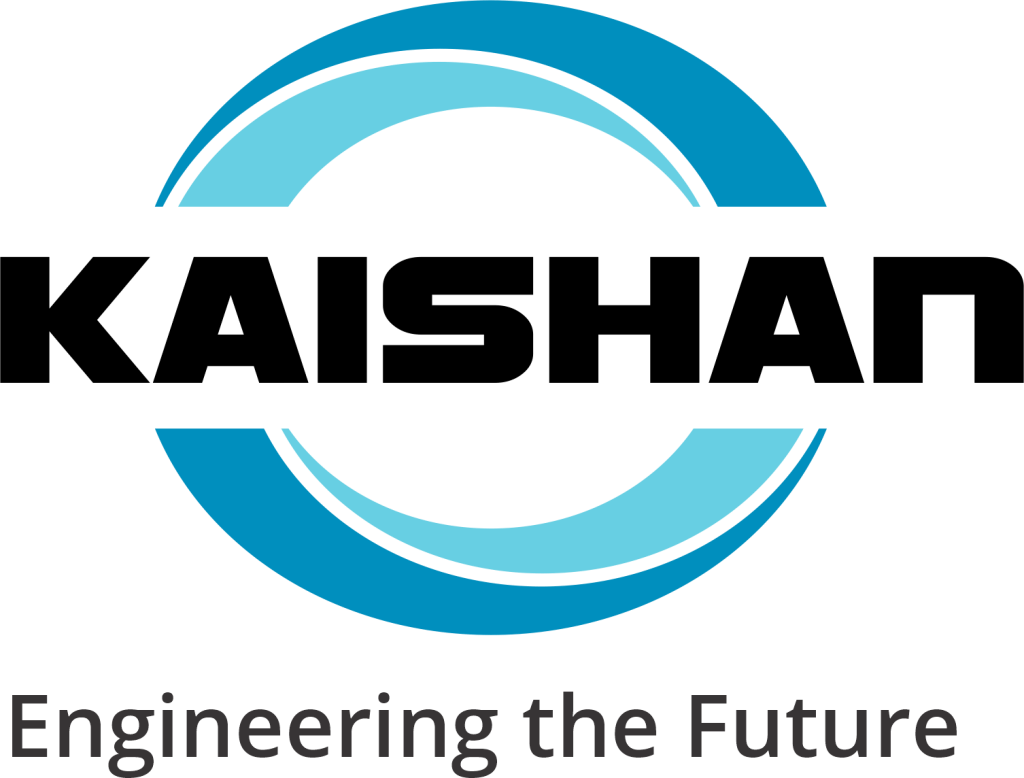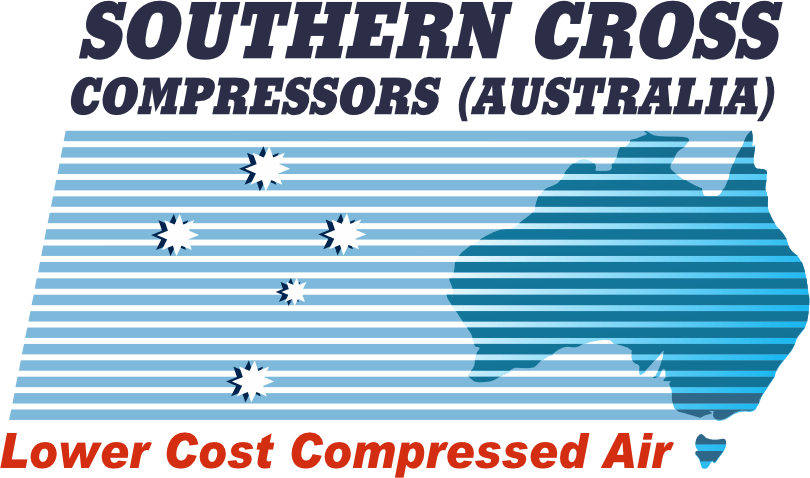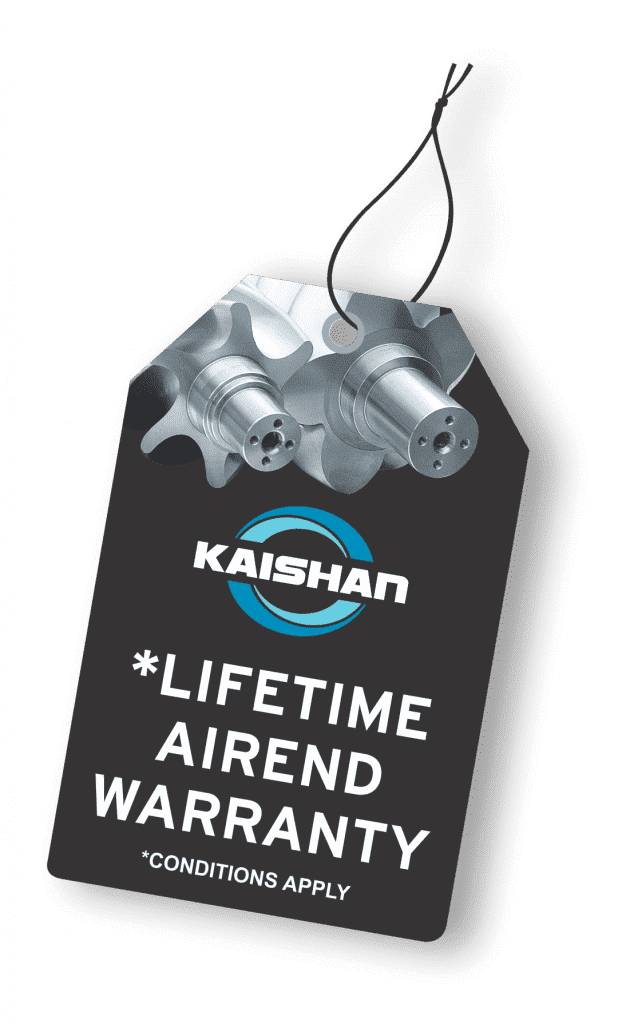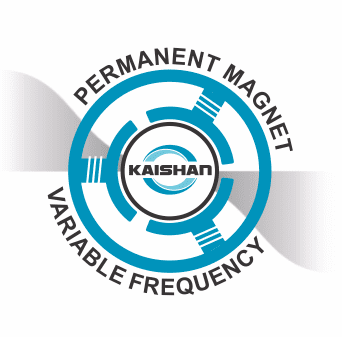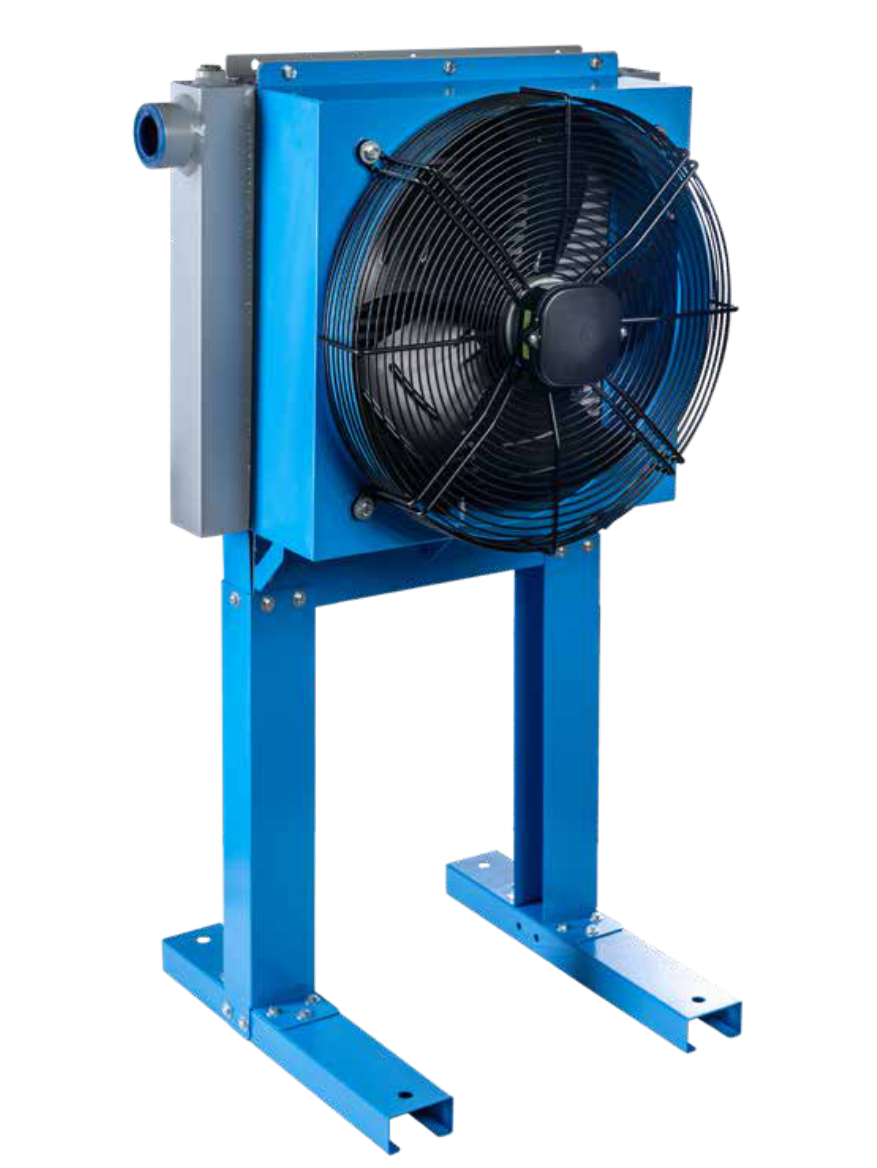
Kaishan Aftercoolers for air compressors
Kaishan Australia supply high quality, low cost air aftercoolers that remove the majority of moisture in the compressed air line.
These advanced aftercoolers act as a pre cooler to a refrigerated dryer allowing the dryer to operate effectively and reliably. Typically integral in a rotary screw compressor, an aftercooler is often required with other types of compressors such as reciprocating units. The compressed air is cooled to within 10C of ambient allowing a significant amount of moisture to condense and be collected.
Kaishan Compressors Australia stands at the forefront of air compressor technology, offering a comprehensive range of solutions tailored to meet the diverse needs of the industrial sector. As a leading provider, we understand the critical role that efficient and reliable air compression plays in various applications, from manufacturing to construction and beyond. Central to our suite of high-performance products are the Kaishan Air Compressor Aftercoolers, designed to enhance the overall efficiency and longevity of air compressed air systems.
Aftercoolers are indispensable in the air compression process, serving to reduce the temperature of compressed air before it is utilised or further treated. This cooling step is crucial for minimising moisture content and preventing potential damage or inefficiency in pneumatic tools, equipment, and processes. Recognising the importance of this stage, Kaishan has developed a line of aftercoolers that stand out for their robustness, efficiency, and adaptability to a wide range of industrial environments.
Engineered with precision and built to the highest standards, Kaishan’s aftercoolers are crafted to meet the diverse and evolving needs of industries across Australia. Whether you’re dealing with high-demand applications that require consistent and reliable air quality, or looking for a solution that can withstand harsh operational conditions, Kaishan’s aftercoolers are designed to deliver optimal performance and durability. Discover below, the benefits, features, and types of aftercoolers available, and how they enhance your air compressor system’s performance.
Benefits of the Kaishan Aftercoolers
The primary function of an aftercooler is to cool the compressed air that exits the air compressor before it is used or further treated. This process reduces the moisture content in the air by condensing water vapor into liquid form, which is then removed from the system, thereby improving the quality of the compressed air.
![]() Improve Air Quality: Air Quality directly impacts the quality of the end-product and the reliability of the process. For industries where moisture in compressed air can compromise the integrity of the product or the process—such as in painting, pharmaceuticals, and food and beverage—aftercoolers are indispensable. They ensure that the air is dry and clean, thereby maintaining the high standards required for production and manufacturing processes.
Improve Air Quality: Air Quality directly impacts the quality of the end-product and the reliability of the process. For industries where moisture in compressed air can compromise the integrity of the product or the process—such as in painting, pharmaceuticals, and food and beverage—aftercoolers are indispensable. They ensure that the air is dry and clean, thereby maintaining the high standards required for production and manufacturing processes.

Why choose a Kaishan Refrigerated Air Dryer?
Kaishan Compressors Australia is renowned for integrating cutting-edge technology into its air compressor aftercoolers, ensuring they stand out in the market for their superior performance and reliability. The features of Kaishan Air Compressor Aftercoolers are meticulously designed to meet the rigorous demands of various industries, providing optimal temperature reduction, durability, and energy efficiency. Below, we delve into the key features that make Kaishan Air Compressor Aftercoolers a preferred choice for professionals across Australia.
How to choose the right aftercooler
Selecting the optimal aftercooler for your air compressor system is crucial for enhancing efficiency, prolonging equipment life, and ensuring the quality of compressed air. With various models and specifications available, understanding the key factors to consider is essential. Here, we delve into the considerations for choosing the right aftercooler, the differences between water-cooled and air-cooled models, and how Kaishan Compressors Australia can provide expert guidance to match your specific needs.
The capacity of the aftercooler must align with your air compressor’s output. An undersized aftercooler can lead to inadequate cooling, while an oversized unit may be unnecessarily expensive.
Assess the temperature reduction required for your application. The aftercooler should effectively lower the temperature of the compressed air to a level suitable for your needs, typically to within 10°C of ambient temperature.
The operating environment plays a significant role in choosing an aftercooler. Factors such as ambient temperature, humidity, and the presence of particulate matter can influence the selection.
Installation and Maintenance
Ensuring your Kaishan Compressors Australia Air Compressor Aftercooler is installed correctly and maintained regularly is crucial for achieving optimal performance and longevity. This guide provides step-by-step installation instructions, routine maintenance tips, and troubleshooting advice for common issues.
Guidance on the installation process
- Preparation: Before installation, ensure the area is clean and free of debris. Check that you have all necessary tools and components for the installation.
- Positioning: Place the aftercooler in its designated position, close to the air compressor but in a well-ventilated area to ensure efficient cooling.
- Connection: Connect the aftercooler to the air compressor outlet, using the appropriate fittings. Ensure all connections are tight and secure to prevent leaks.
- Electrical Setup: If your aftercooler model includes an electric fan or other powered components, connect it to the power supply following the manufacturer’s instructions. Ensure all electrical connections comply with local regulations.
- Testing: Once installed, test the aftercooler system to ensure it’s operating correctly. Check for any leaks or unusual noises and address these issues before full operation.


Maintenance Tips and Schedules
- Regular Inspections: Perform visual inspections regularly to check for signs of wear or damage. Pay special attention to hoses, connections, and the cooling system.
- Cleaning: Keep the aftercooler clean from dust and debris, especially the cooling fins and fan area, to maintain efficient heat exchange.
- Check for Leaks: Regularly check for air leaks in the connections between the air compressor and the aftercooler. Tighten fittings as necessary.
- Replace Filters: If your aftercooler has an integrated filtration system, replace the filters according to the manufacturer’s recommendations to ensure clean, dry air output.
Troubleshooting Common Issues to Minimize Downtime
- Reduced Cooling Efficiency: If the aftercooler is not cooling as expected, check for clogged cooling fins or a malfunctioning fan. Clean the fins and ensure the fan is operational.
- Leaks: Air leaks can significantly reduce efficiency. Inspect all connections and tighten or replace fittings as necessary.
- Unusual Noises: Rattling or buzzing noises can indicate loose components. Secure all parts and check the fan for obstructions.

